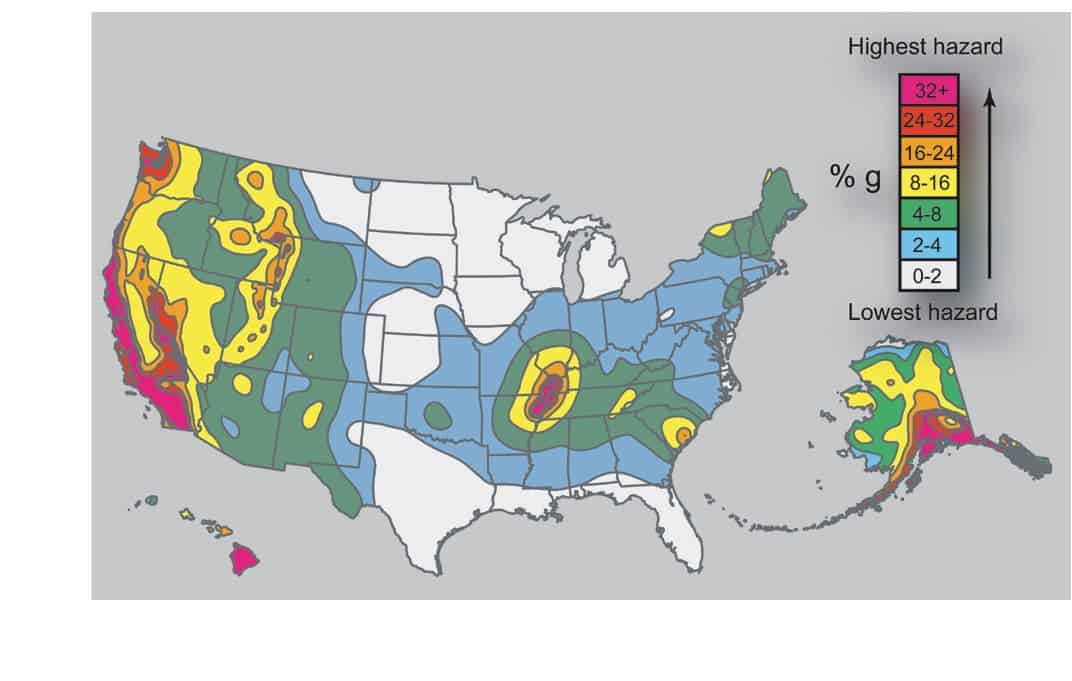
Ever since the 9.0 earthquake in Japan, there has been a growing mainstream interest for earthquakes, which will probably fade away as time passes, only to be revived when the next big temblor strikes. However, the good news is that, even for a brief period of time, seismologic studies are given the attention they very much deserve. Such is the case with a study conducted by the Royal Geographic Survey and the University of Texas which concluded that while major earthquakes do, of course, set off strong aftershocks in the nearby vecinity of the epicenter, they won’t have any effect for distances of over 600 miles.
Previous research seemed to indicate that a major earthquake could trigger smaller aftershocks throughout the whole planet, so the team set out to study if this is actually true, by studying seismic data from the past 30 years; they found 205 big earthquakes (with a magnitude of over 7), and no less than 25.222 moderate earthquakes (magnitudes of 5 to 7).
The team checked to see if there was a surge in smaller earthquakes after big ones, and they found out that while moderate earthquakes increase in number after bigger ones, they all take place at less than 400 miles from the major temblor, and in less than 24 hours.
“The regional hazard of larger earthquakes is increased after a mainshock, but the global hazard is not,” the team concludes.
While this is not big news for the seismological community, who would have most definitely noticed a thing like this, the study should go a long way to calming people down after the recent seismic events.






